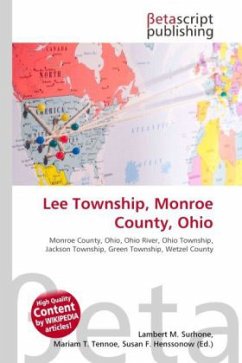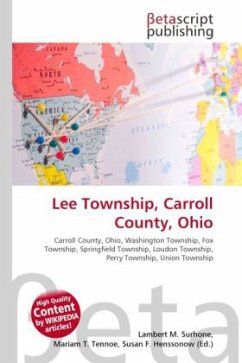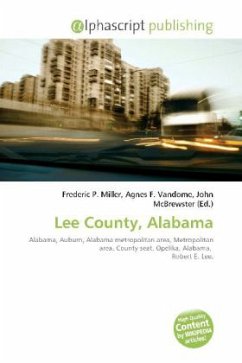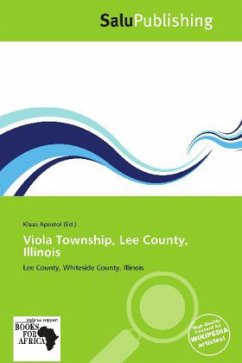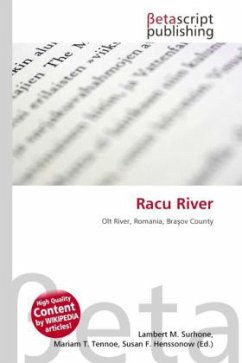
River Lee (England)
Versandkostenfrei!
Versandfertig in 6-10 Tagen
30,99 €
inkl. MwSt.

PAYBACK Punkte
15 °P sammeln!
High Quality Content by WIKIPEDIA articles! The River Lea or River Lee in England originates in Leagrave Park 51°54 37 N 0°27 40 W / 51.910338°N 0.461233°W / 51.910338; -0.461233, Leagrave, Luton in the Chiltern Hills and flows generally southeast, east, and then south to London where it meets the River Thames 51°30 26 N 0°00 33 E / 51.507113°N 0.009184°E / 51.507113; 0.009184, the last section being known as Bow Creek. The River Lea was first recorded in the 9th century, although its name is believed to be much older. Spellings from the Anglo-Saxon period include Ligan in 880 and Lyga...
High Quality Content by WIKIPEDIA articles! The River Lea or River Lee in England originates in Leagrave Park 51°54 37 N 0°27 40 W / 51.910338°N 0.461233°W / 51.910338; -0.461233, Leagrave, Luton in the Chiltern Hills and flows generally southeast, east, and then south to London where it meets the River Thames 51°30 26 N 0°00 33 E / 51.507113°N 0.009184°E / 51.507113; 0.009184, the last section being known as Bow Creek. The River Lea was first recorded in the 9th century, although its name is believed to be much older. Spellings from the Anglo-Saxon period include Ligan in 880 and Lygan in 895, and in the early medieval period it is usually Luye or Leye. It seems to be derived from a Celtic root lug-meaning 'bright or light' which is also the derivation of a name for a deity, so the meaning may be 'bright river' or 'river dedicated to the god Lugus'.






